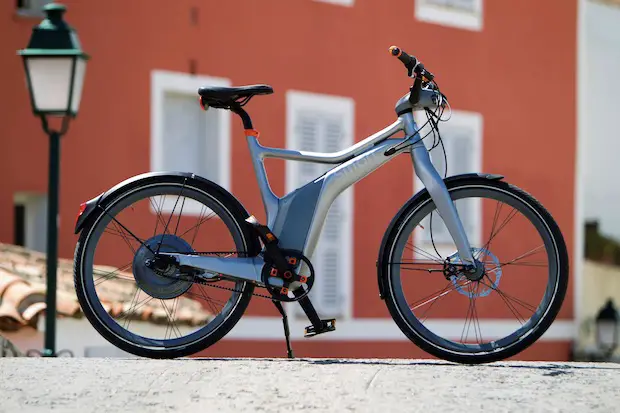A community is ushered into its future by design which creates and nurtures its practices. At present, there is a dire need for design which effectively influences the vitality of sustainability. It will certainly take a host of paradigm shifts to change mindsets and habits through design.
It’s an exciting time for innovators. I see a shift of focus to communal consciousness, and changing the world no longer seems a lofty over-statement. As urban inhabitance rapidly increases (or Earth inhabitance for that matter), it is imperative that we begin to make sustainable options the only options. Design can dictate that effect; it can mediate the relationship between community and environment. We have an opportunity to transform many things from an innovation standpoint and begin designing a new world, because that’s the scale of design which this sort of shift requires.
We now have the task of creating design which combats and replaces, through interactive function, the instantaneous satisfaction experienced upon making most unhealthy decisions. This satisfaction comes partially from the convenience of these unhealthy decisions. So, making sustainable behavior convenient is one step toward shifting unhealthy habits. In my first ever visit to Portland some time ago I had my very first encounter with a recycling trash can. This trash can provided me with options which allowed me to think and be conscious of what I was disposing of. This simple design blew my mind and changed my habits. The convenience of this option in the place of where I’m used to seeing a single disposing can made recycling second nature; now I see them here in my home city of Chicago, gently changing habits of Chicagoans.

Another example of convenient design which has shaped habits are Copenhagen-style bicycle lanes which provide cyclists with convenience and protection from automobile traffic through design. The design (which is set up as – Sidewalk || Bicycle lanes || Parked cars || Automobile traffic) exemplifies how to enable users to make healthier choices by incentivizing with protection and convenience. These initiatives by cities continue to remind us that design is guidance and shouldn’t enable users to persist in self-destructive behavior but rather, as the recycling trash can and bicycle lanes, nurture their ability to sustain. The way we nurture the ability to sustain through design is by offering numerous options daily which help in keeping us ecologically balanced.
Sustainability defined as “the ability to sustain” would not only be a literal translation but also suggests personal ability and accountability for individual action. By consistently engaging a community in salubrious efforts which force them out of their comfort zone, we challenge this ability; putting it into practice daily, hourly, minutely. The comfort zone we are challenging comes from patterns which have long been in motion and will take some observation and shifting into the construction of a new reality.
As we test our physical abilities and working abilities, we will also need to test our ability to sustain. Taking things in moderation is a test of sustenance. With this spirit of newness and reinvention, the test of sustainability is being able to rest on what is good and useable. This way we nurture our sustain ability by appreciation and use/re-use of resources. Nurturing the ability to sustain can begin with individual action, but it must reach a communal and even global level in order for it to be effective. Evolution based on Participation.
Throughout history, we have never had such a global society, bringing with it the possibility to reshape the human life experience. Through technology, we see how communities form as individuals swarm to new design and become influenced users of a product which connects them to the world. Though this act of consumption is not necessarily sustainable, it is a positive reflection of the potential to create communal consciousness towards a sustainable future through interactive design. Borrowing from Marshal McLuhan, it is the medium which will be the message in terms of connecting users with sustainable resources. Design is the medium which could make sustainability second nature.
Interestingly enough (and as observed by Bernd Kolb) most of the solutions for a healthy environment already exist, we just aren’t using them. The obesogenic environment that has been created by the culture of attainment is a result of too many options of perishable resources, which in turn encourages over-consumption. Unhealthy options begets unhealthy decisions thus creating an unsustainable culture. As suggested before, we are in this current state of needing healthy change because we’ve been ushered into it.
I believe it was ol’ Winston Churchill that said “Americans can always be counted on to do the right thing…after they have exhausted all other possibilities.” Having realized that, it’s now time to do the right thing when it comes to influencing behavior. Recognizing the need is the primary condition for design, so let’s now begin to design based on fundamental needs toward a sustainable future.
Uche Agada, Urban Design Research and Development, Barcelona/Berlin
Photos: Loozrboy, TrashMOnkey22



